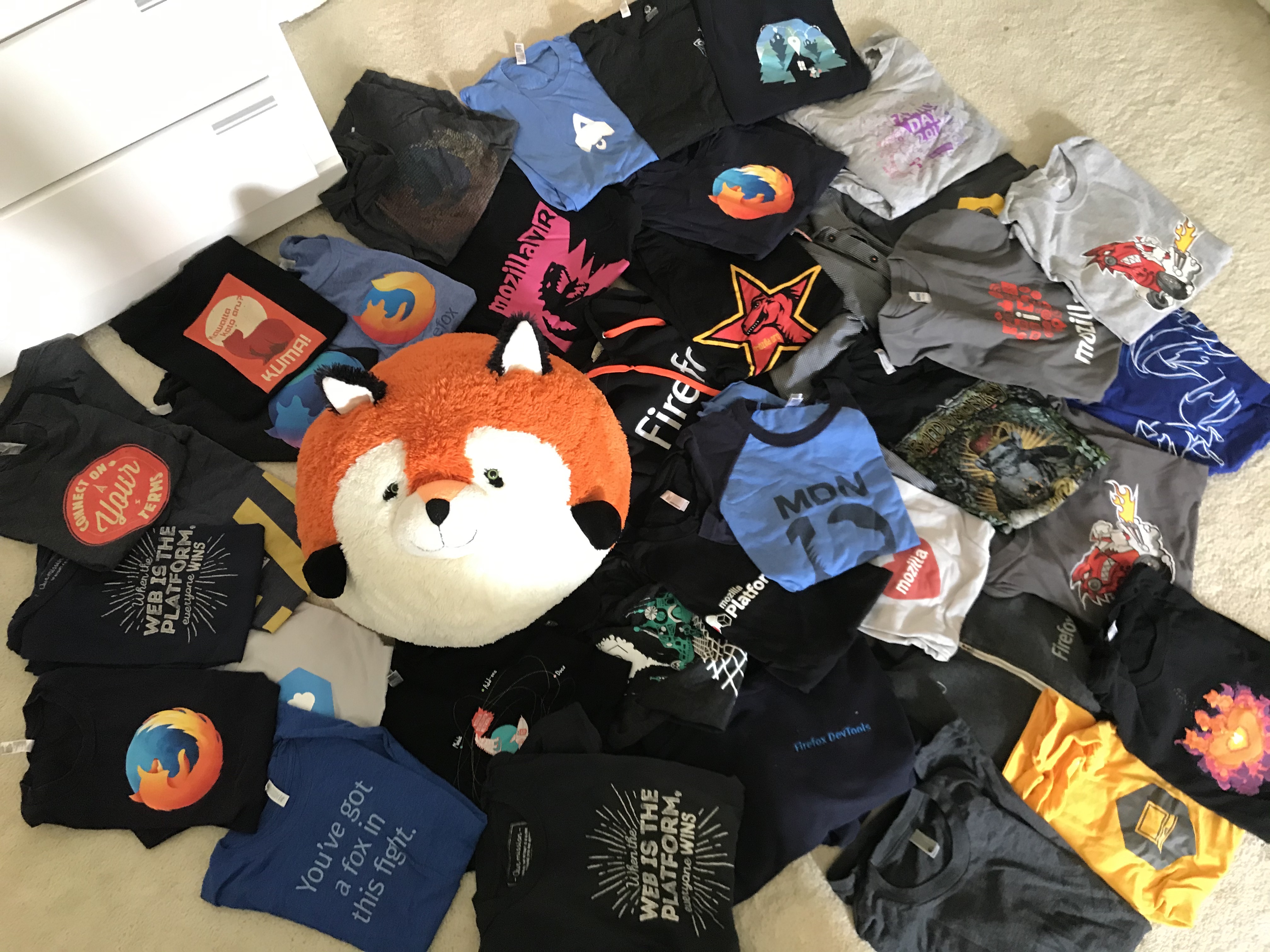How to Get a Base64 Version of a File From Command Line
A while back I wrote an article on how to Convert Image to Data URI with JavaScript. It's a neat trick developers can use for any number of reasons. Instead of abusing canvas, however, why not simply get the base64 data from command line?
You can use base64 and pbcopy to convert a file to base64 and copy it to the clipboard:
# base64 gets data, pbcopy copies to clipboard
base64 -i logo.jpeg | pbcopy
Once you have the file data copied in base64 format, the URL format to use the data is:
# data:{mime-type};base64,{data}
data:image/jpeg;base64,/9j/4AAQSkZJRgAB......
While base64 data and data URIs do look cryptic, they're useful to avoid making requests to other files. I use them when creating presentations or when I can't count on a decent internet connection.
![9 Mind-Blowing Canvas Demos]()
The <canvas> element has been a revelation for the visual experts among our ranks. Canvas provides the means for incredible and efficient animations with the added bonus of no Flash; these developers can flash their awesome JavaScript skills instead. Here are nine unbelievable canvas demos that...
![39 Shirts – Leaving Mozilla]()
In 2001 I had just graduated from a small town high school and headed off to a small town college. I found myself in the quaint computer lab where the substandard computers featured two browsers: Internet Explorer and Mozilla. It was this lab where I fell...
![Dress Up Your Select Elements with FauxSelect]()
I received an email from Ben Delaney a few weeks back about an interesting MooTools script he had written. His script was called FauxSelect and took a list of elements (UL / LI) and transformed it into a beautiful Mac-like SELECT element.
![Style Textarea Resizers]()
Modern browsers are nice in that they allow you to style some odd properties. Heck, one of the most popular posts on this blog is HTML5 Placeholder Styling with CSS, a tiny but useful task. Did you know you can also restyle the textarea resizer in WebKit...




